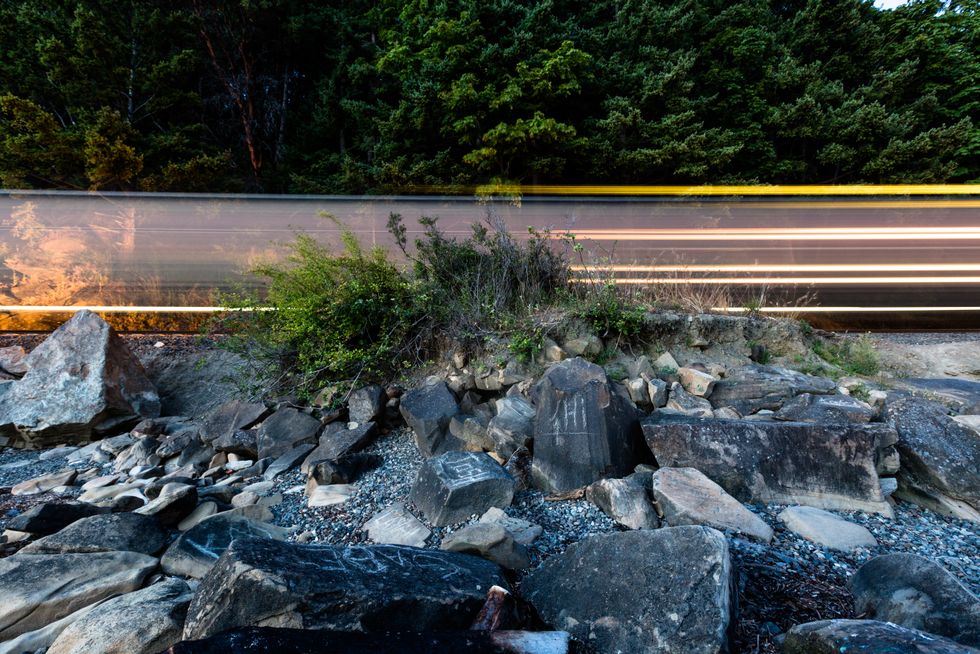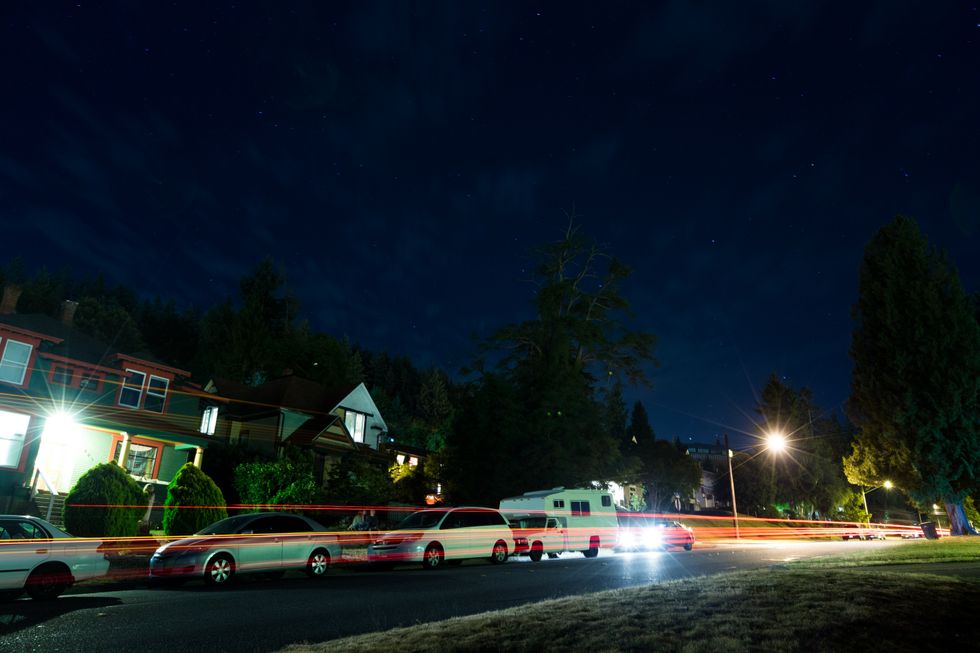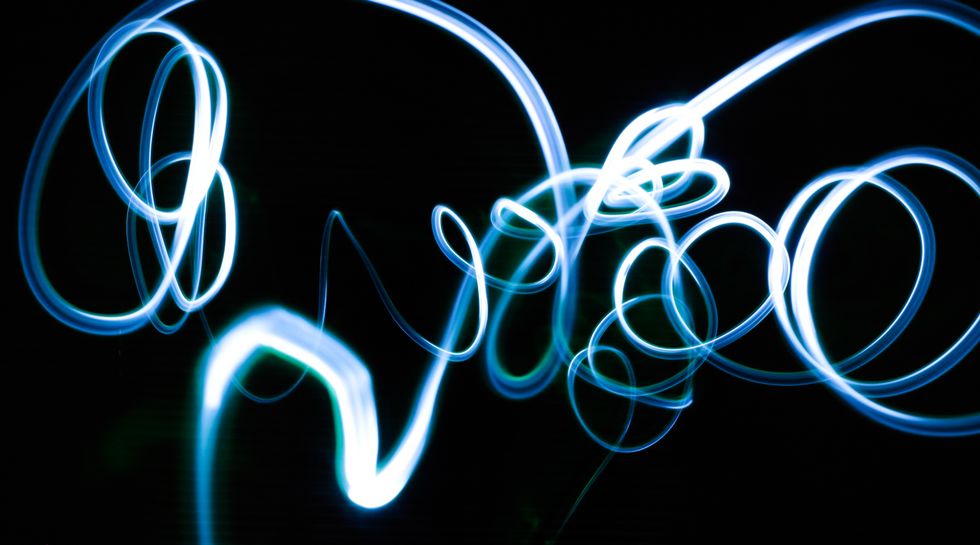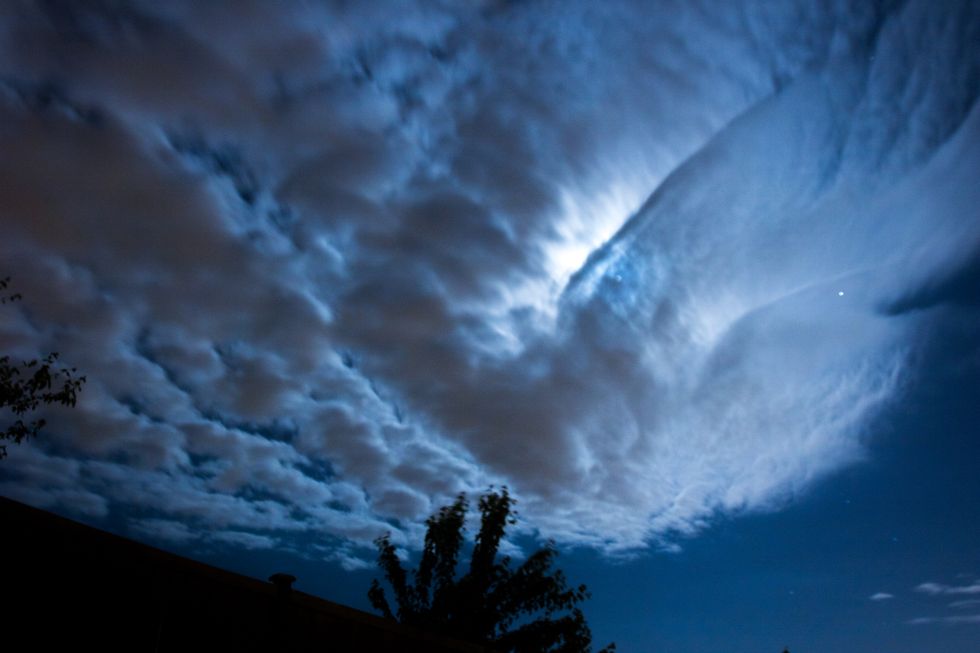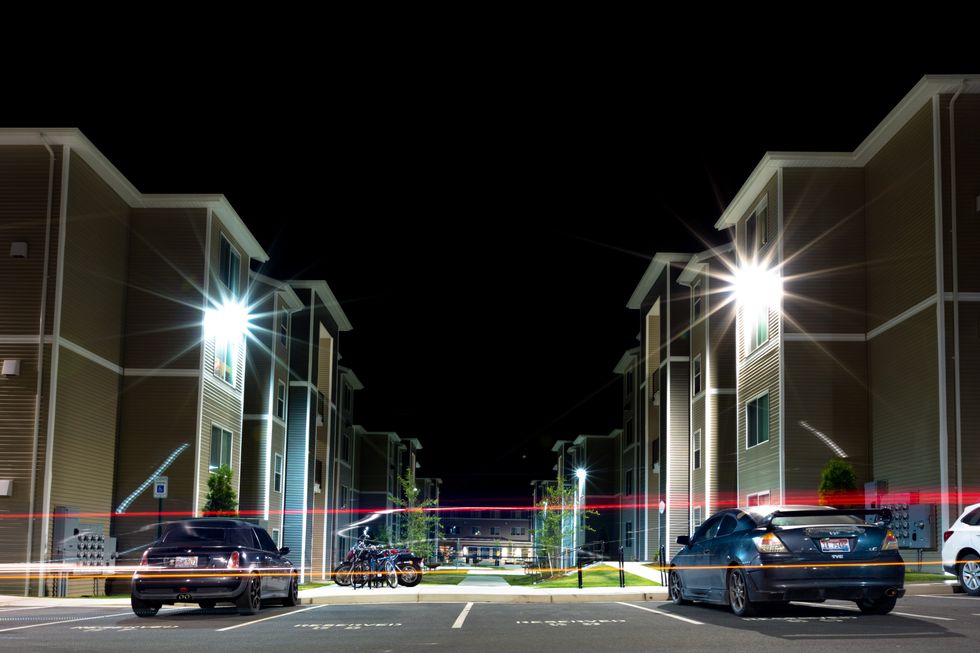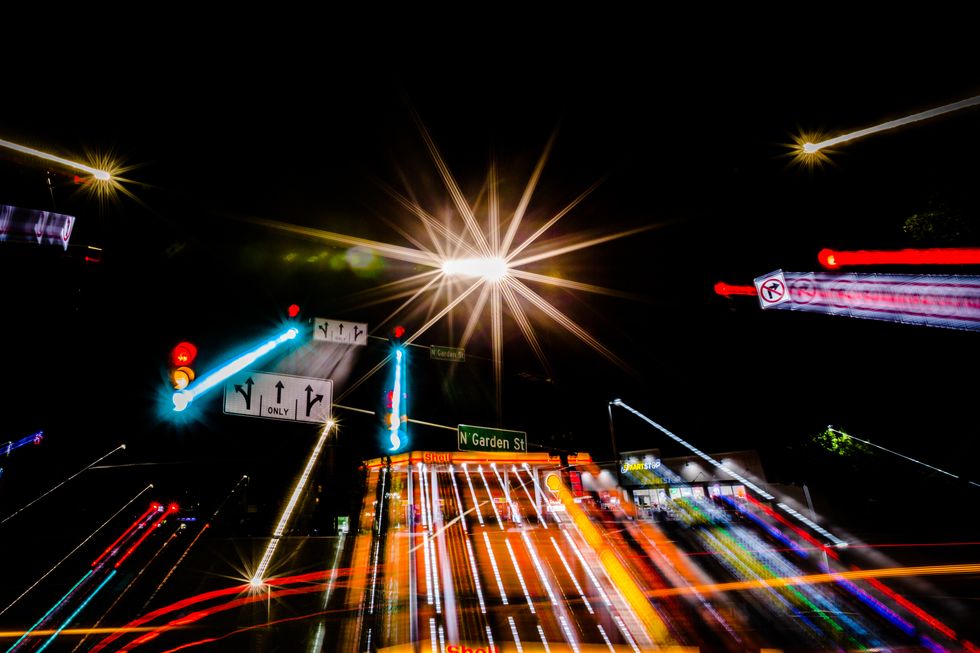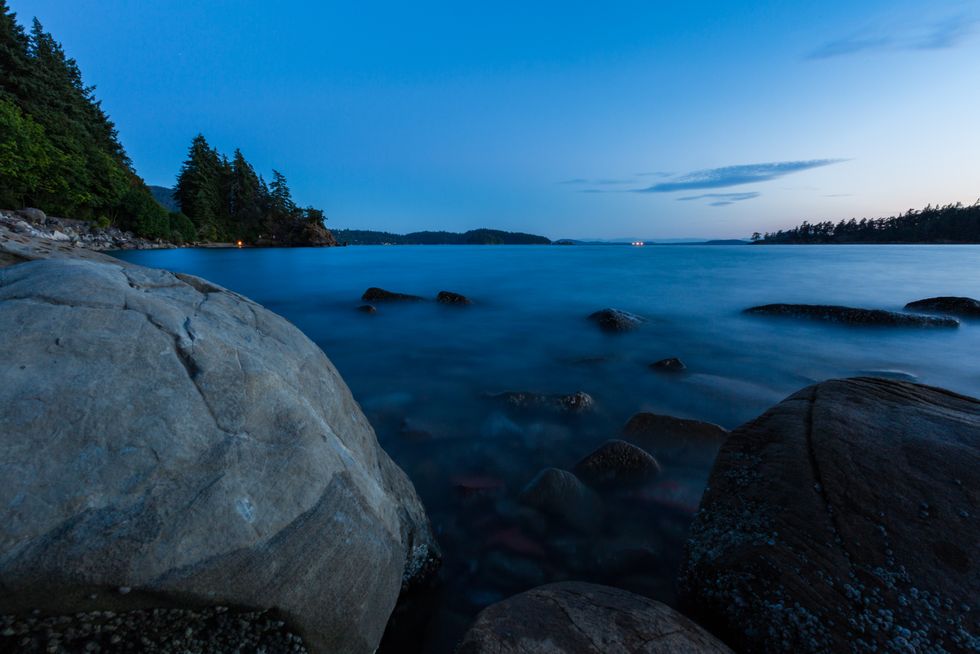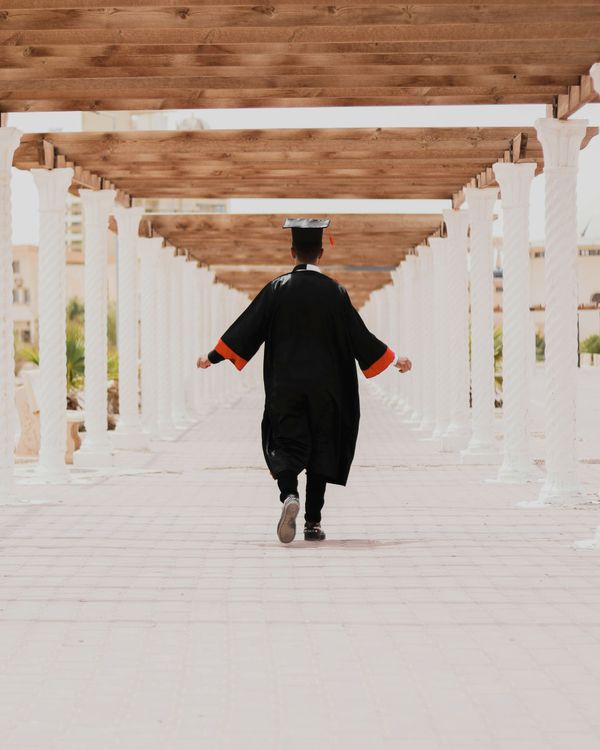I've recently taken a liking to long exposure photography, which has really helped me better understand light and focus on composition with my photography. Long exposure photography is accomplished by leaving the camera shutter open for an extended period of time, allowing as much light as possible to saturate the sensor. This process can often take up to 30 seconds for just one picture. But the result is astounding!
Here are my five favorite effects that you can implement using long exposure to get that “WOW” reaction from your peers. But remember, the camera must be completely still the whole time. These are all pictures I’ve taken myself learning through trial, error and YouTube.
1. Car Light Streaks.
Having a car pass through your picture would usually be a bad thing. But since most normal people drive with headlights on, photographers specifically look for scenes with lots of traffic to pass through and leave a mark. Keep in mind that planes, trains, cars, bicycles and motorcycles all have headlights and present an opportunity for photo creativity.
2. Flashlight Writing/Drawing.
This is a great way to start out with long exposure photography if you’re a beginner. Get some friends, flashlights (smartphones work), and a dark room or field to draw, write and make whatever light effects in under 30 seconds.
Fire is especially beautiful in long exposure.
3. General Low Light Situations.
I don’t get a ton of free time to take fun pictures. But whenever I do, it’s usually sometime after 5 p.m. and that means tons of sunsets and low light situations. Conveniently, long exposure photography was practically made for dark scenes with stars, lights, or any highlight to pop out!
4. Zoom.
It's very difficult in practice, but I first saw this technique on The Washington Post’s Twitter cover page where they have a distant picture of the white house with street lamps creating this tunnel-vision effect around the perimeter of the image. By starting the shot completely zoomed in but gradually zooming out while the shutter is open, it will drag any bright light out to the edges the more you zoom out.
5. Motion Blur.
Essentially, anything that isn't perfectly still inside the frame is going to be blurry. But that's good! Sometimes a little motion blur surrounding still objects can really illustrate the tranquility of a space. Waterfalls, waves, and walking pedestrians all create a slightly translucent path.
If you want to learn more about how to do some long exposure photography yourself, here’s a video tutorial.




